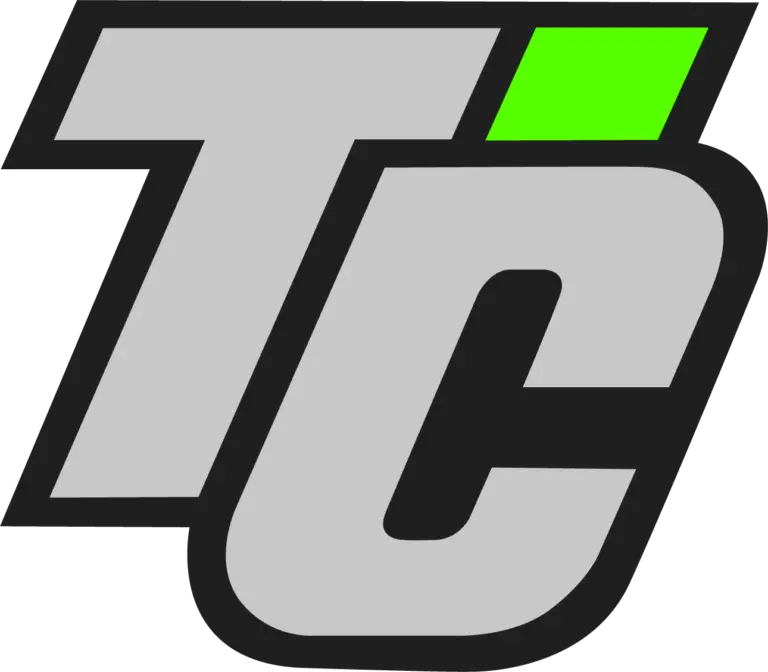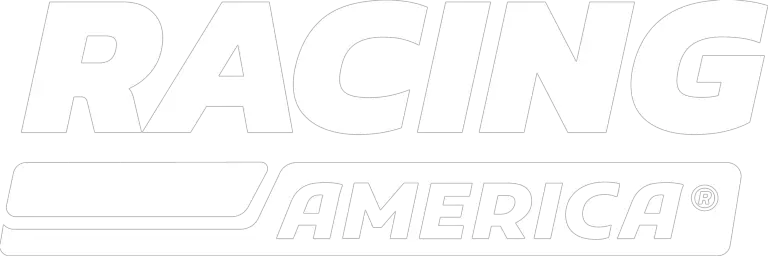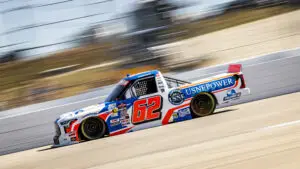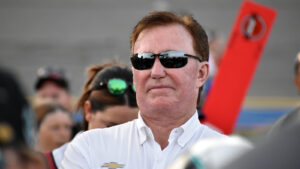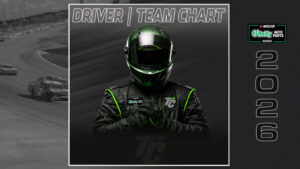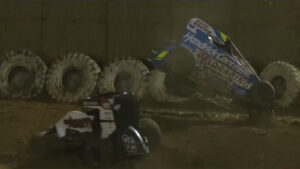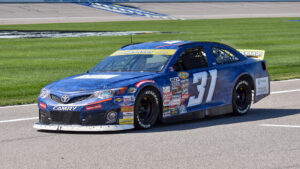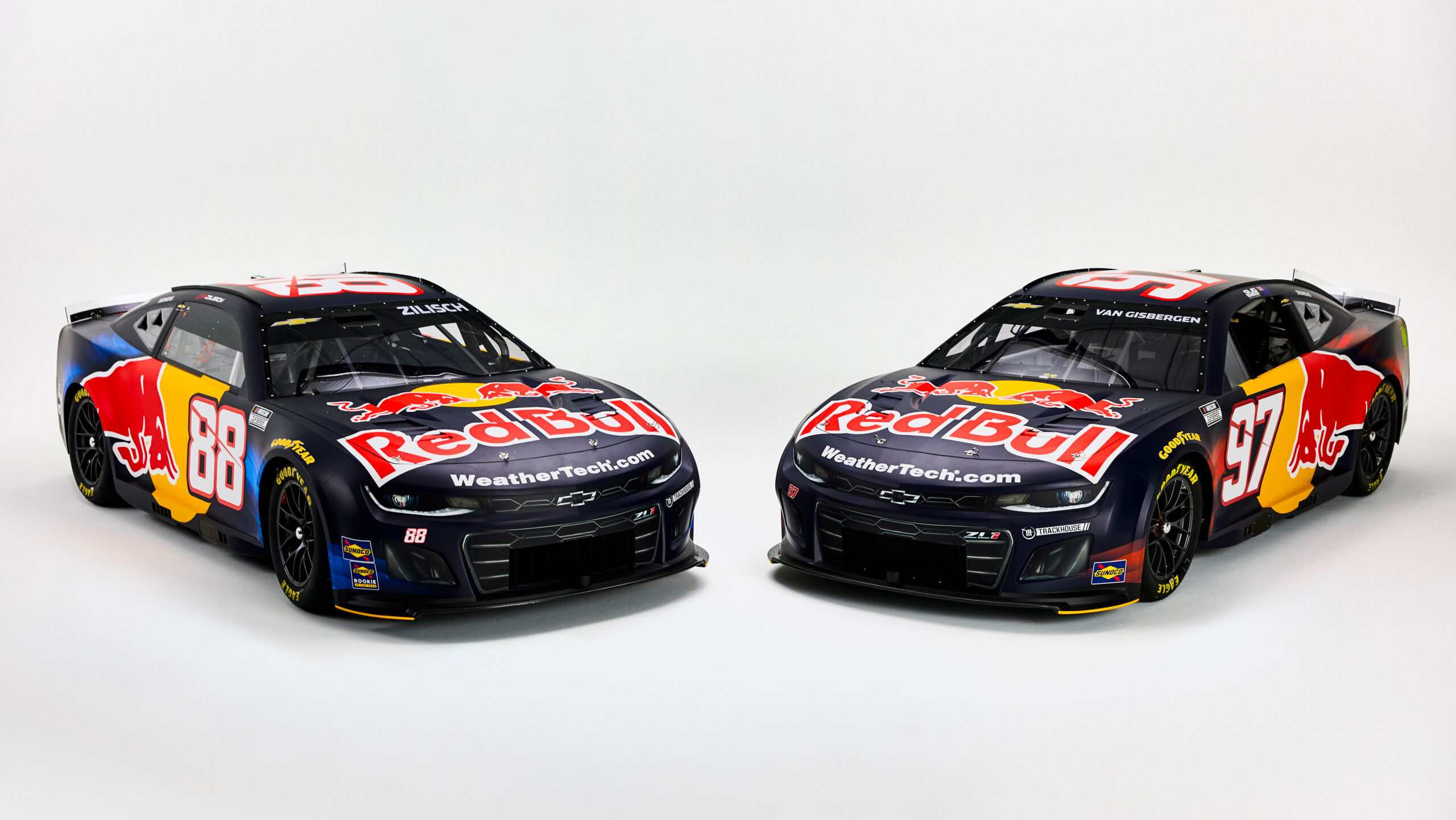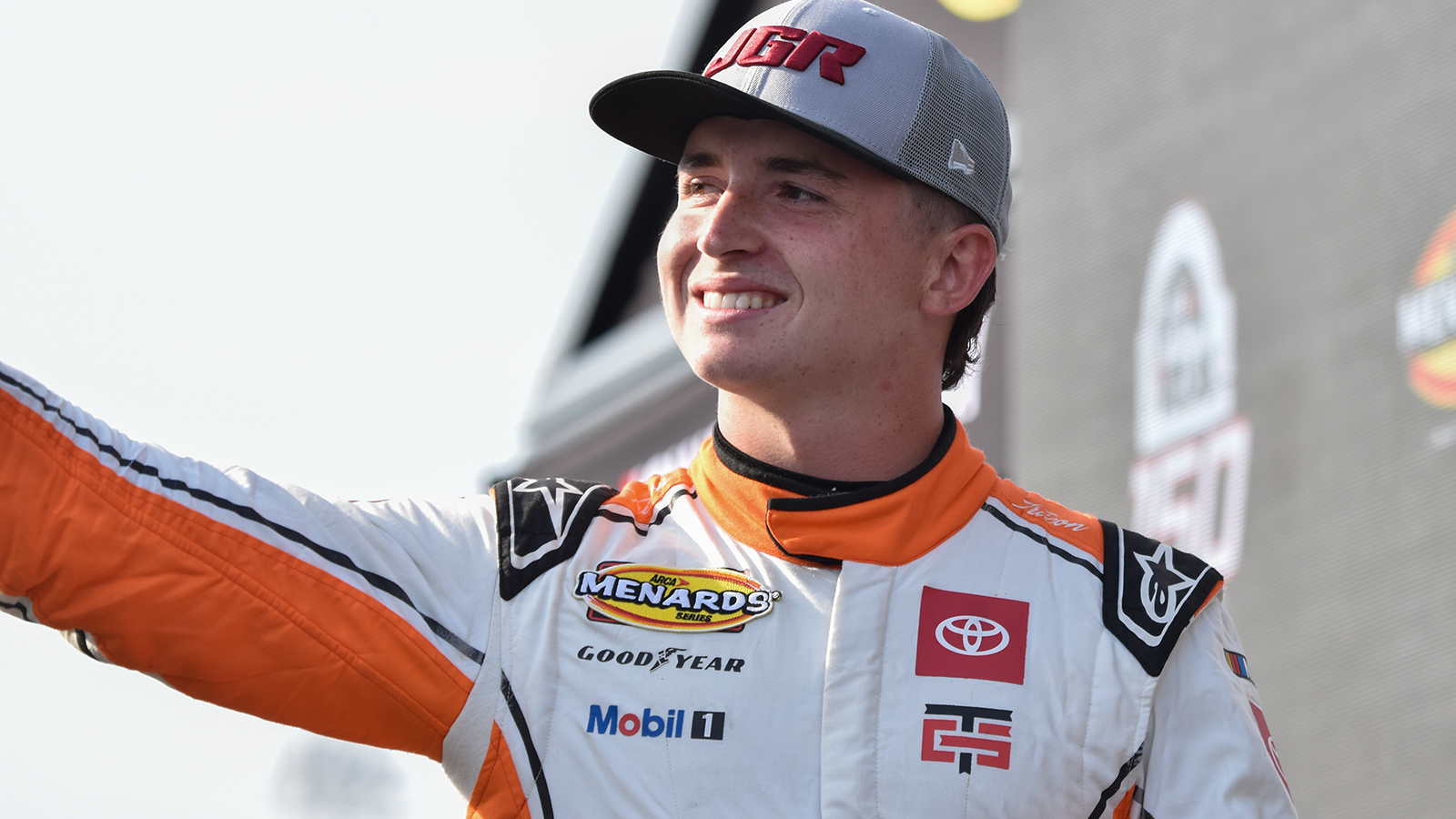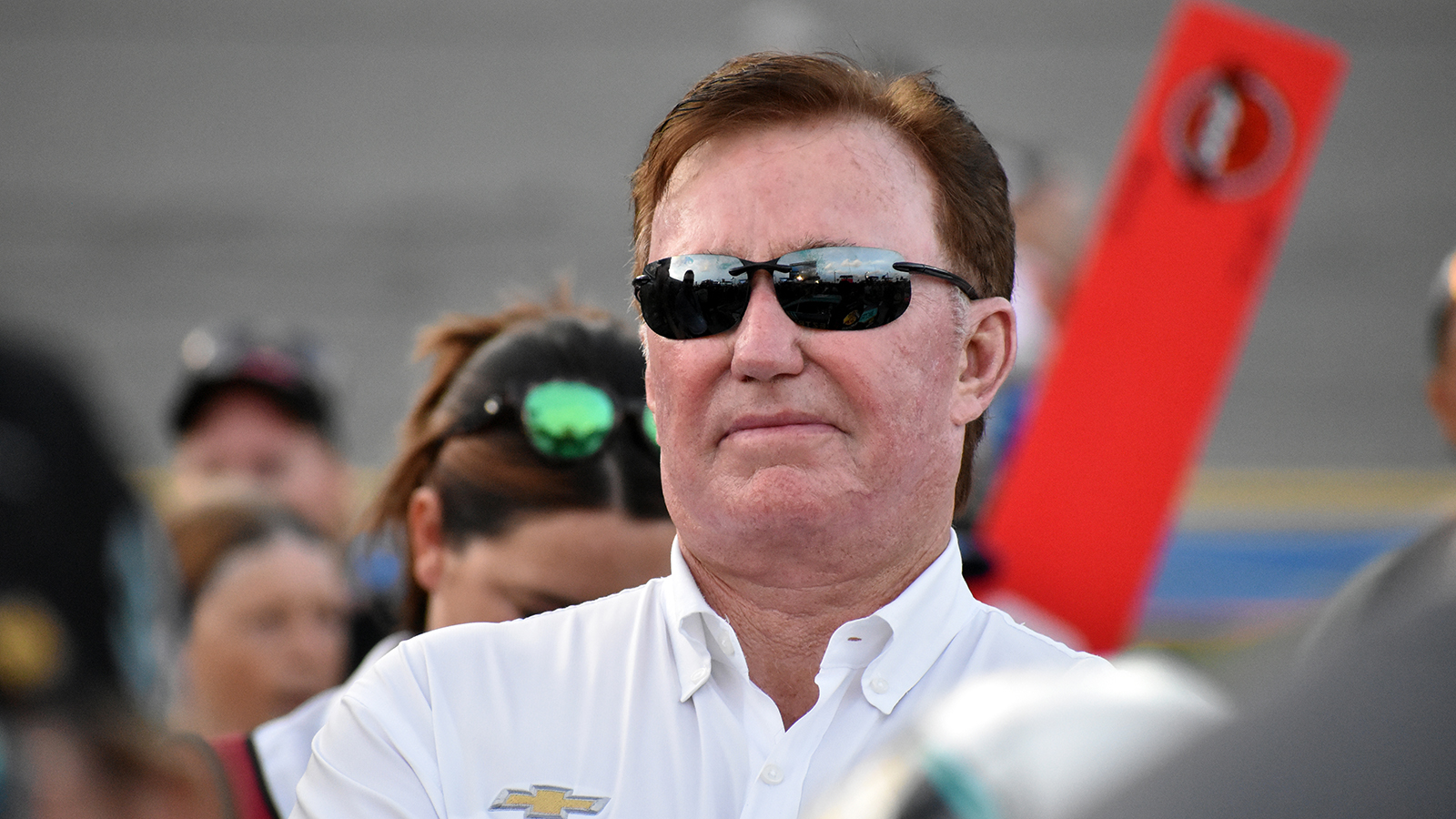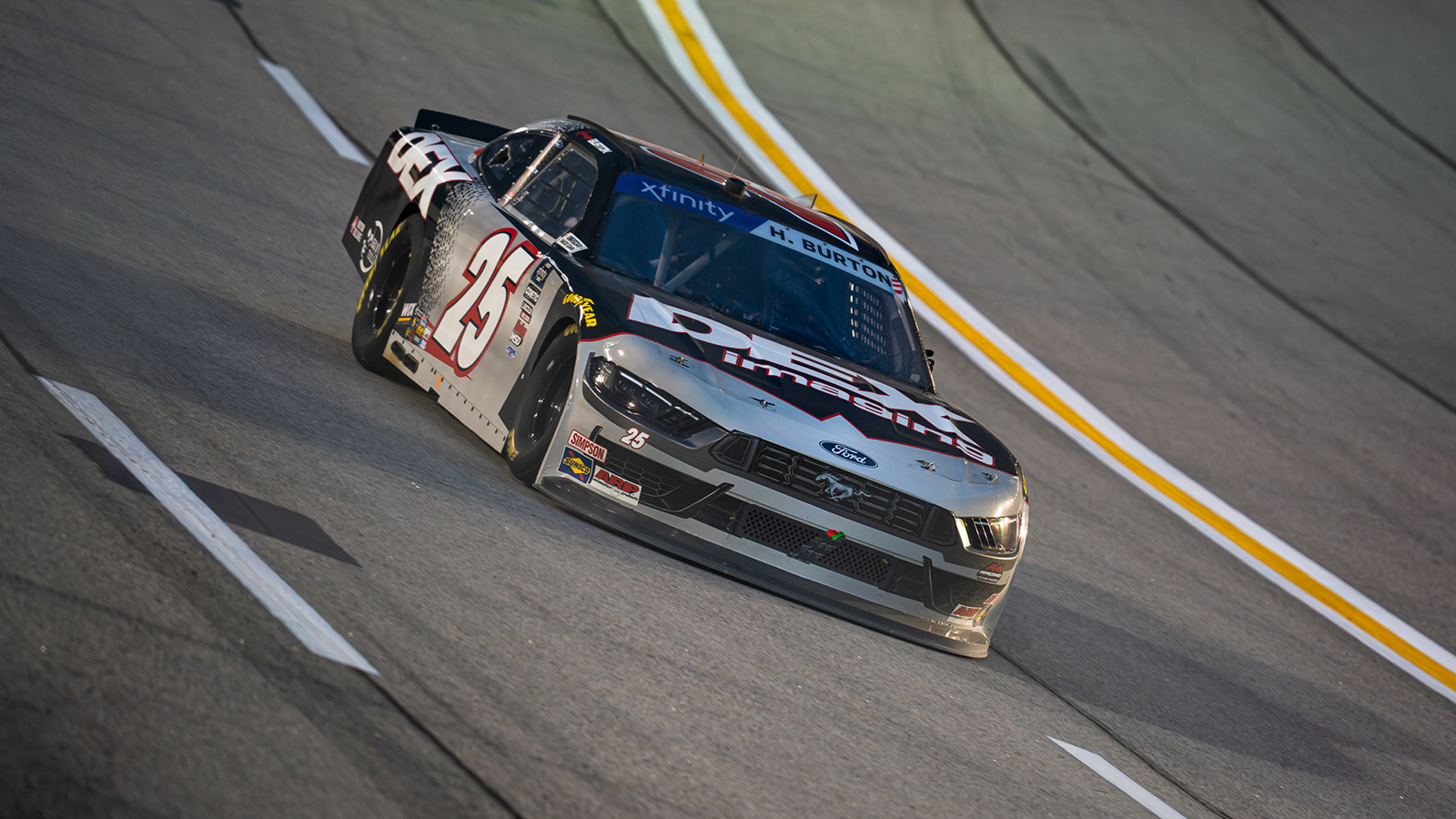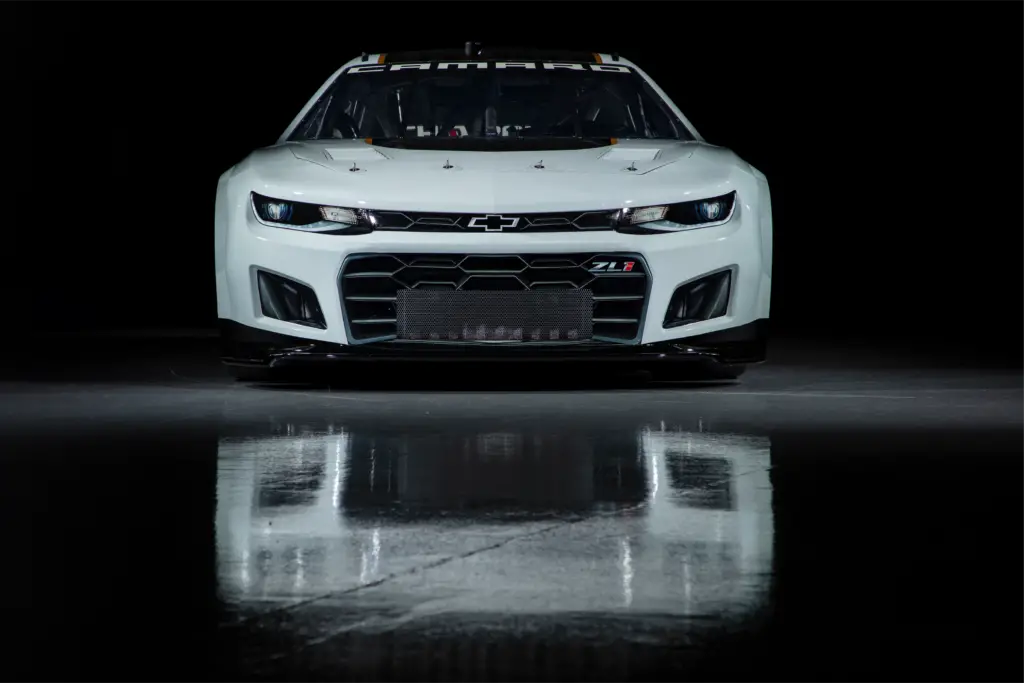
The following is a transcription of the media availability with Chase Elliott – driver of the No. 9 Chevrolet Camaro ZL1 for Hendrick Motorsports — and Eric Warren – Director of NASCAR Programs at Chevrolet.
Provided by: NASCAR Media Services
THE MODERATOR: We’re joined by Chase Elliott, driver of the No. 9 Chevrolet for Hendrick Motorsports, and we also have Eric Warren, the director of NASCAR programs for GM. We’ll go straight into questions.
Q. Do you have any idea what can the teams control in this car, if anything, when you get to the track on how to make the car run better?
CHASE ELLIOTT: That’s on you.
ERIC WARREN: So, one of the great features about the Next Gen car, there actually are a lot more adjustments to the handling and suspension than the current car. You have typical suspension geometry. By having the independent rear suspension, there’s a whole other degree of freedom, different things in the rear, things that you can’t do now. We can work in the front, but not the rear.
The Next Gen car really allows us to have both ends of the car. Also there’s some different things the way the dampers, springs and suspension attach to the car, new adjustments to how much load goes into the steering.
There are new things in the car that don’t exist in the current car that are really exciting. The number of variables you can change are actually a lot higher than what exists in the current car.
Q. Chase, what do you like about this car as far as the handling, the response time and all, that you don’t have in the current car?
CHASE ELLIOTT: That’s a great question.
I haven’t had my turn yet, so I’ll let you know when I get an opportunity. But my time driving it from the back of the building to the center of the building, it was fantastic. That’s all I have to offer on that one (smiling).
Q. Eric, in order to give the Camaro its street identity, put ‘stock’ back in stockcar, what were some things that you definitely wanted to see incorporated into this car? Did you get all of them? If you didn’t, what didn’t you get?
ERIC WARREN: I felt like I have an opportunity to do a clean sheet design. The most important thing was really get the proportions right with a coupe, rear wheel drive performance car. The lower greenhouse, the deck lid size really matches up well to the production car. Between that and the independent rear suspension were the two big things.
Visually the wheels match up quite well. But the independent rear, the proportion of the car are the two big things that we really pushed, wanted to make sure were in the car.
Q. Do you feel like this Next Gen car has met the needs that the drivers have asked for to produce better racing on the track?
CHASE ELLIOTT: Well, that’s a tough one because we haven’t raced it yet. I mean, to be completely honest and blunt about it, until we get on track and we can really understand what the challenges are, I don’t know that anybody can answer that question honestly. Somebody might give you an advance. It’s probably not going to be honest because I don’t really think anybody knows.
Until we get out there and, honestly, there’s challenges that I don’t think even Eric having time to go test the car, I don’t think we faced all the challenges yet.
We just need more time with it. I know COVID has been a bad situation, but I’m personally thankful for this extra year that we’ve had to develop. I know from our end, I’m sure all the OEMs, to give us more time to work on this thing.
I think from a driver standpoint, until we get out on the track, start mixing it up, see how the races differ from the superspeedways, mile-and-a-half’s, short tracks, there’s a lot of unknowns. I’m in the majority I think when I say I don’t know everything there is to know about the racing. I think it’s all a big question mark.
ERIC WARREN: You talk about potentials because as Chase said, what I do know is we spent decades, multiple decades, of trying all types of different aero packages, drag level, trying to improve. Eventually you get to a point where a lot of it was how close the cars run to the ground, really getting some airflow under the car. As you start looking at it, we were like, All right, we got to kind of start over.
Really gave us an opportunity, What are important things that we feel like are ingredients? Until the cake fully gets baked, as Chase said, in traffic we want to see it, those types of things, we can only hope and think the car has a lot of potential.
It’s going to take time to learn about it. First time we run together, there’s going to be a steep learning curve for everybody. First couple years are going to be exciting to see who rises to the top. Ultimately the good teams and drivers will always come out on top.
Q. Let me ask you, Chase, how long you think it will take for most of the drivers to figure these cars out, and what it will take for the best drivers in the world to take on a new car, get to the level that you’re at with the cars now?
CHASE ELLIOTT: Yeah, I mean, that’s a great question.
I mean, I have to think that the really good guys will figure it out pretty quick. I think it’s a matter of the drivers figuring it out. Then the big one to me is going to be marrying that up with the teams being able to give them what they want in the car. Then, honestly, realizing what is achievable. Can you give me this feel inside the car or is just not having that normal now? That to me is the big question.
We have this history, all this time with this current car that we consider things to be normal. That might not apply here. I think that’s what’s going to be really challenging for the drivers. Just me looking at it ahead to next year, you might have to reinvent yourself. There might be things and habits that I do today right now that work, and you can get away with, that might not be an option next season.
I think it’s going to be tough, but I think the good guys will figure it out, as I think they always do and have over the years. But that’s not to say it won’t be difficult. I think it will be a challenge for everybody.
Q. Chase, will it be like a confidence thing? People always tell us, With these new cars, the cream will rise to the top. Do you feel it will be a confidence thing for the veteran drivers to know you’ll pick up on it quicker than, say, somebody who is new?
CHASE ELLIOTT: Well, I think the argument can be made both ways. A guy that’s been around for a long time, as I mentioned a second ago, you might have habits and things you do with our current car that work, that you have success with, that you strive to achieve or a certain feel you look for every week. And then you might have guys coming in who don’t have those five years or 10 years or 15 years of experience, and they don’t know any better, right? There’s no bad habits to have to be broken, which is honestly a completely different look, vantage point. There could be an advantage in that, too.
It will be interesting to see because my vantage point has changed. This is my sixth year, which is crazy. But with those six years, I have created habits and things I do inside the car that I’m curious to see if they apply next year or not. I think I’m not the only guy in that boat. Looking forward to just seeing what the challenges are and how to work through them.
Q. Eric, since last time we saw the Gen-6 car, the Chevy SS switched to the Camaro halfway through, can you give any insight on how long Chevy plans to race the Camaro body?
ERIC WARREN: Now that we’re going to have the closeness between the race car and Camaro, we’re going to race it as long as Camaro exists because it’s the closest connection between the race car and production car, which is exciting for all the fans, Camaro owners and customers.
We have no plans to swap models at the moment that I’m aware of. I look forward to a long ride with this car and look forward to the success of it.
Q. How well do you think the tailoring and detailing of the car translates to the street car?
CHASE ELLIOTT: I mean, I think the visuals kind of speak for themselves. Obviously I think one of the key things that we as an industry were trying to achieve with this car is to have something that looks more what an individual can go buy at their Chevrolet dealership at home, which is to me a piece that we got away from, from the COT, kind of that whole process.
I think NASCAR recognized that. They’re trying to get back in the direction of having some identity with their cars. I think this achieved that.
I haven’t spent a bunch of time looking at the other two, but the Chevrolet side looks a whole bunch like the Camaro ZL1 that’s sitting right here that you can buy at home.
Eric, you speak on it. I think a lot of that went into the thought process and the design. If you don’t have that connection, then we’re completely missing the point.
ERIC WARREN: Yeah. We spent a lot of time between the engineers on the teams, GM working with designers at Chevrolet. The front is very similar, could almost lay the two over in CAD. Really started with that, took a lot of that actual styling. The Camaro ZL1 is meant to be a track-capable car. A lot of downforce built into it, the way it was engineered as a production car.
A lot of the things, the cooling vents get talked about, a little different shape on the race car, but same functionality trying to get the air out from under the hood, add downforce. That’s a neat comparison that makes that hood scoop. When we had the shape in the hood from there, without having active air coming out of it, it was just more for styling. You look at the production car, you see that vent of air coming out of the hood, it makes it a lot different.
If you’ve seen a lot of current race cars, that’s the striking thing. Wow, the deck hood looks really short. You look at the production car, they’re always identical. There’s a lot of that styling that really takes place, a lot of interaction, trying to keep the competition together. Making the car symmetrical really helped a lot of the shapes and different things.
There are some common areas trying to control the aero performance between the cars, wheel openings, around the very edge of the tail that we wanted to put more aggressive styling in it, a couple things. But in general, side-by-side to the person that doesn’t really understand some of the fine details of NASCAR, it was hard to tell them apart really.
Q. Certainly safety has been at the top of everybody’s priority list, the design and development of these new race cars. We had another scary incident at Talladega with Joey Logano getting upside down. Are either of you aware of any specific things that have gone into the design of this race car that would address that issue, cars getting airborne?
CHASE ELLIOTT: You can speak on that.
ERIC WARREN: So there’s been a lot of work by NASCAR over the years obviously trying to keep what we call liftoff speed down. You want to raise that liftoff speed much higher than anything we’ll ever see in the race. A lot of things like impacts and crashes kind of gets a car going that way that’s hard to actually prevent.
Certainly this car a lot of effort was spent in some of the safety features. You see roof laps and things on the roof of the car now, this car has it in the back of diffuser in the back. The flap comes down. All that was engineered to really raise that liftoff speed even above the car that we have now.
A lot of test work. We had an unintentional test at California when we crashed a car. Didn’t really get a situation where we would have seen that, but certainly at high speed got into some situations. So I think NASCAR has done a great job of trying to limit that as much as possible. Certainly it’s an active sport with 40 cars on the track going high speed.
But it’s come a long way. I think there’s a lot of announcements going on with Joey Logano’s crash. There will be actions I’m sure at some point taken. That has been taken into consideration in the design work of this car.
Q. I know these cars have been designed with maybe potential implementation of hybrid systems into the future. How important was seeing that to Chevrolet and did it influence the decision to stick with NASCAR at all?
ERIC WARREN: It’s very important. GM, certainly their vision of zero crashes, emissions, congestion is really all about safety first, right? Looking towards the impact to the environment, certainly that vision is something GM has invested in heavily technology-wise.
As I said before, you kind of are limited in the package with what happened before. Now with having the transactional and having a floor, it gives you the ability to look at future technologies.
Certainly we’re going to race internal combustion engines for a long time. Every series in the world is really looking at different types of electrification. Certainly GM is focused on EV vehicles. We’re introducing 30 new EV models by 2025.
Certainly that discussion, just like this Next Gen car started four or five years ago, those discussions are happening amongst all of the OEMs about bringing electrification in. It’s across the world. Trying to do that in a way that keeps entertainment for the fans, but also keeps pushing our vision, what we see.
Who knows what it’s going to be like in four, five years. Certainly we’re going to be racing internal combustion engines, selling a lot of great products on the street with internal combustion engines for the foreseeable future.
Q. Chase, as a pretty good road course racer, with the sequential gearing now, how will that affect the shifting, not just maybe road courses with the five gears, but maybe the possibility of downshifting at ovals like Pocono?
CHASE ELLIOTT: Yeah, man, it’s kind of one of those questions I don’t honestly know how to answer yet until you kind of get in the race and see.
My gut tells me that it’s not going to be that much different. To your casual fan now, you would never know our cars are H-pattern four speeds. Like the shifting happens very fast. The transmissions are very efficient. They like to be in gear, they want to be in gear.
To me the shifts are already so quick now, I don’t think you’re going to see much difference from an outside looking in. I think once the drivers get used to having that extra gear, realizing kind of where everything is at, I don’t see that being a big change.
Q. Chase, when you saw the Chevrolet Camaro for the first time, what was your initial reaction?
CHASE ELLIOTT: Well, I think it looks the best of the three was my first reaction, to be real honest. But obviously looks aren’t everything. We as competitors know that. Number one, Chevrolet wants to have a competitive car on track. But equally as much, we want to have a car that aligns itself with something somebody can go buy on a showroom floor. I think they did a really good job of marrying those two things together.
The on track and competitiveness will obviously answer that question next year. I think they did a nice job in trying to collaborate and bring as much of those two worlds together as possible. Props to everybody at GM for working hard and working together to get that done.
THE MODERATOR: Chase and Eric, we have to get you moving on.
